Home>Gardening & Outdoor>Plant Care & Gardening Tips>What Are Extirpation Consequences Of Native Plant Species
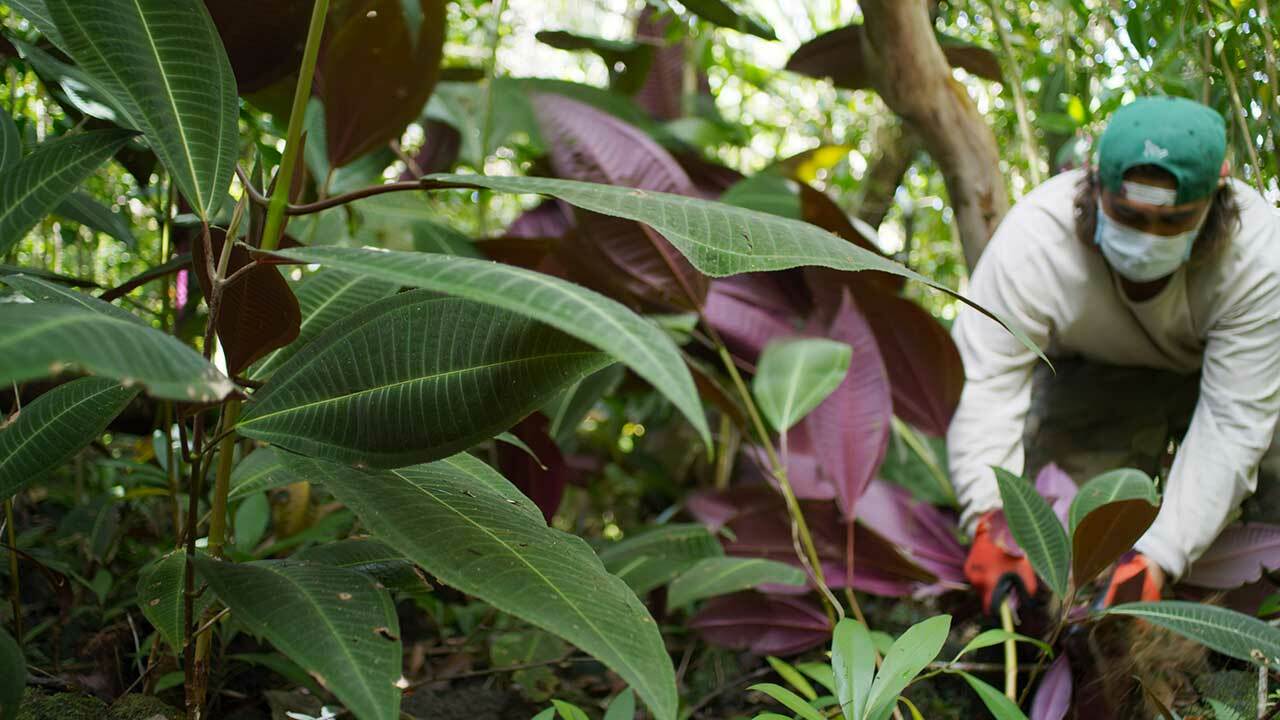

Plant Care & Gardening Tips
What Are Extirpation Consequences Of Native Plant Species
Modified: January 4, 2024
Learn about the extirpation consequences of native plant species and get valuable plant care and gardening tips to help protect and preserve them. Explore expert insights and advice on plant care and gardening.
(Many of the links in this article redirect to a specific reviewed product. Your purchase of these products through affiliate links helps to generate commission for Storables.com, at no extra cost. Learn more)
Introduction
In the realm of plant care and gardening, the concept of extirpation of native plant species holds significant implications for the environment, economy, and culture. Understanding the consequences of extirpation is crucial for fostering a sustainable and balanced ecosystem. This article delves into the definition of extirpation and the vital role played by native plant species. Furthermore, it explores the far-reaching effects of their extirpation on the environment, economy, and cultural heritage. By shedding light on the consequences of extirpation, we can gain a deeper appreciation for the importance of preserving and protecting native plant species. Join me as we unravel the intricate web of connections between native plants and the world around us.
Key Takeaways:
- Protecting native plants is crucial for preserving biodiversity, supporting sustainable agriculture, and honoring cultural traditions. Let’s work together to safeguard these vital components of our natural world!
- The extinction of native plants can disrupt ecosystems, economies, and cultural heritage. By conserving and restoring native plant populations, we can nurture resilient environments and diverse cultural traditions.
Read more: What Native Plant Species Are In Oregon
Definition of Extirpation
Extirpation, in the context of plant ecology, refers to the local extinction of a particular plant species in a specific geographic area, while the species continues to exist elsewhere. This phenomenon occurs due to various factors, such as habitat destruction, invasive species encroachment, climate change, and human activities. When a native plant species is extirpated from its natural habitat, it disrupts the delicate balance of the ecosystem and can lead to cascading effects on the environment, wildlife, and human societies.
Native plant extirpation often results from the loss or degradation of suitable habitat, which can be caused by urbanization, agriculture, deforestation, and industrial development. Additionally, the introduction of non-native species can outcompete and displace native plants, further contributing to their extirpation. Climate change poses another significant threat, as shifting temperature and precipitation patterns can render once-suitable habitats inhospitable for native plants, forcing them to retreat or perish.
Understanding the concept of extirpation is integral to recognizing the urgency of conserving and restoring native plant populations. By acknowledging the factors that contribute to extirpation, we can take proactive measures to mitigate its impact and preserve the rich biodiversity that native plants bring to their ecosystems.
Importance of Native Plant Species
Native plant species play a pivotal role in maintaining the ecological balance of their respective habitats. Over centuries, these plants have coevolved with local fauna, forming intricate relationships that support the overall health and resilience of the ecosystem. Their importance extends beyond mere aesthetics, as they offer a myriad of ecological, economic, and cultural benefits.
Ecological Significance: Native plants provide essential food and shelter for a diverse array of wildlife, including insects, birds, and mammals. Their presence fosters biodiversity and contributes to the stability of local food webs. Furthermore, native plants are often uniquely adapted to local environmental conditions, such as soil types, moisture levels, and climate fluctuations, making them resilient and valuable components of their ecosystems.
Environmental Stewardship: Native plants contribute to soil health, water conservation, and air quality. Their deep root systems help prevent soil erosion, while their ability to thrive in local climates reduces the need for excessive water and chemical inputs. Moreover, native plants play a crucial role in carbon sequestration, aiding in the mitigation of climate change.
Cultural and Aesthetic Value: Native plants are deeply intertwined with cultural traditions, folklore, and indigenous knowledge. They often hold symbolic significance and are used in traditional medicine, ceremonies, and crafts. Additionally, their diverse colors, shapes, and textures enrich landscapes, providing a sense of place and connection to the natural world.
Educational and Recreational Opportunities: Native plant habitats offer valuable educational resources for botanists, ecologists, and nature enthusiasts. They serve as living classrooms for understanding ecological principles and the interconnectedness of life. Furthermore, native plant gardens and natural areas provide serene spaces for recreation, relaxation, and inspiration.
Recognizing the importance of native plant species is fundamental to understanding the far-reaching consequences of their extirpation. By safeguarding and promoting the use of native plants in landscaping, conservation efforts, and land management, we can foster resilient ecosystems and sustainable coexistence with the natural world.
Consequences of Extirpation
The extirpation of native plant species can have profound and multifaceted consequences, impacting ecological dynamics, economic systems, and cultural heritage. Understanding these ramifications is essential for comprehending the full scope of the loss incurred when native plants are removed from their natural habitats.
Ecological Impact: The extirpation of native plant species disrupts intricate ecological relationships, leading to a decline in biodiversity and the destabilization of ecosystems. Native plants provide food and habitat for numerous animal species, and their absence can trigger population declines and shifts in community dynamics. This, in turn, can affect pollination, seed dispersal, and nutrient cycling, ultimately compromising the resilience and functionality of the ecosystem.
Economic Impact: The extirpation of native plants can have far-reaching economic implications, particularly in sectors such as agriculture, horticulture, and pharmaceuticals. Many native plants serve as sources of food, medicine, and raw materials, and their loss can disrupt traditional practices and industries. Furthermore, the decline in ecosystem services provided by native plants, such as water purification, soil fertility, and pest control, can lead to increased costs and reliance on artificial substitutes.
Cultural Impact: Native plants are deeply intertwined with cultural identities, traditional knowledge systems, and spiritual practices. The extirpation of these plants can erode cultural heritage, disrupt traditional land use practices, and diminish the availability of culturally significant resources. This loss can have profound psychological and social impacts on communities that have longstanding relationships with these plants.
The consequences of native plant extirpation underscore the interconnectedness of ecological, economic, and cultural systems. By recognizing and addressing these consequences, we can strive to mitigate the impact of extirpation and work towards the conservation and restoration of native plant populations.
Ecological Impact
The extirpation of native plant species reverberates throughout the intricate web of ecological interactions, resulting in cascading effects on biodiversity, ecosystem stability, and the provision of vital ecosystem services.
Biodiversity Decline: Native plants form the foundation of diverse and complex ecosystems, providing food, shelter, and resources for a myriad of animal species, including insects, birds, and mammals. When native plants are extirpated, the ripple effect is felt across the entire food web, leading to population declines and potential extinctions of species that depend on these plants for survival. This loss of biodiversity can disrupt ecological balance and resilience, making ecosystems more susceptible to further degradation and environmental stressors.
Ecosystem Stability: Native plants play a crucial role in maintaining ecosystem stability and functionality. Their deep-rooted relationships with soil microorganisms, pollinators, and other plants contribute to the regulation of nutrient cycles, water retention, and soil structure. The extirpation of native plants can destabilize these intricate relationships, leading to shifts in species composition, reduced resilience to disturbances, and altered ecosystem functions, such as carbon sequestration and water purification.
Impact on Wildlife: The extirpation of native plants can have direct and indirect effects on wildlife populations. Many animal species rely on native plants for food, nesting sites, and protective cover. The loss of these plants can lead to habitat fragmentation, decreased food availability, and increased competition among species. Furthermore, the decline of native plant populations can disrupt the intricate mutualistic relationships between plants and their associated pollinators, seed dispersers, and herbivores, further impacting the dynamics of the ecosystem.
Recognizing the ecological impact of native plant extirpation underscores the interconnectedness of all living organisms within an ecosystem. By prioritizing the conservation and restoration of native plant populations, we can work towards preserving biodiversity, restoring ecosystem functionality, and fostering resilient and thriving natural environments.
When native plant species are extirpated, it can lead to imbalances in the ecosystem, loss of biodiversity, and decreased food and habitat for wildlife. It’s important to protect and conserve native plants to maintain a healthy environment.
Economic Impact
The extirpation of native plant species can have far-reaching economic repercussions, influencing various sectors, including agriculture, horticulture, pharmaceuticals, and ecosystem services.
Agricultural Disruption: Many native plant species have been traditionally utilized in agriculture as sources of food, fodder, and natural remedies. The extirpation of these plants can disrupt traditional farming practices and diminish the availability of locally adapted crops and medicinal plants. This loss can lead to decreased agricultural diversity, increased reliance on non-native species, and potential challenges in maintaining resilient and sustainable agricultural systems.
Horticultural Impact: Native plants are integral to horticultural practices, serving as landscaping elements, ornamental plants, and sources of biodiversity in cultivated landscapes. The extirpation of native plants can limit the availability of diverse and locally adapted plant species for horticultural use, impacting landscaping aesthetics, ecological restoration projects, and the resilience of urban green spaces.
Pharmaceutical and Biotechnological Consequences: Many native plants have been a source of bioactive compounds and medicinal properties, contributing to pharmaceutical research and the development of new drugs. The loss of native plant species can impede bioprospecting efforts and limit the potential discovery of novel therapeutic compounds, impacting the pharmaceutical and biotechnological industries.
Ecosystem Services: Native plants contribute to the provision of essential ecosystem services, including soil stabilization, water filtration, pollination, and pest control. The decline of native plant populations can lead to increased costs associated with soil erosion control, water purification, and the management of invasive species. This can place additional economic burdens on land managers, conservation organizations, and public agencies responsible for preserving natural resources.
Understanding the economic impact of native plant extirpation emphasizes the interconnectedness between natural systems and human livelihoods. By recognizing the economic value of native plants and the services they provide, we can advocate for sustainable land management practices and prioritize the conservation of native plant species for the benefit of both ecosystems and economies.
Cultural Impact
The extirpation of native plant species has profound cultural implications, affecting traditional knowledge systems, spiritual practices, and the preservation of cultural heritage.
Traditional Knowledge and Practices: Native plants are deeply ingrained in the traditional knowledge and practices of indigenous and local communities. They are utilized for medicinal purposes, ceremonial rituals, and cultural traditions, representing a living link between people and the natural world. The extirpation of native plants can erode this traditional knowledge, disrupt cultural practices, and diminish the availability of culturally significant resources, impacting the resilience and identity of these communities.
Spiritual and Symbolic Significance: Many native plants hold symbolic significance and spiritual value within diverse cultural contexts. They are often revered as symbols of resilience, connection to the land, and ancestral wisdom. The loss of these plants can disrupt spiritual practices, diminish cultural symbolism, and sever the intergenerational transmission of cultural values associated with specific plant species.
Traditional Land Use and Stewardship: Native plants are integral to traditional land use practices, including food gathering, craft-making, and land stewardship. The extirpation of these plants can disrupt customary land management practices, leading to the loss of sustainable resource management techniques and the erosion of cultural landscapes. This loss can impact the cultural identity and well-being of communities deeply rooted in their traditional relationships with native plants and ecosystems.
Community Well-Being: The extirpation of native plant species can have profound psychological and social impacts on communities that have longstanding relationships with these plants. The loss of culturally significant plants can contribute to a sense of disconnection from ancestral lands, impacting community cohesion, mental well-being, and the transmission of cultural heritage to future generations.
Recognizing the cultural impact of native plant extirpation underscores the intrinsic connection between plants and human societies. By honoring and preserving the cultural significance of native plants, we can support the resilience of diverse cultural traditions and foster a deeper appreciation for the vital role of native plants in shaping cultural identities and well-being.
Conservation Efforts
Efforts to mitigate the extirpation of native plant species encompass a range of strategies aimed at preserving biodiversity, restoring ecosystems, and safeguarding cultural and economic resources.
Habitat Restoration and Protection: Conservation organizations and land managers prioritize the restoration and protection of native plant habitats through initiatives such as reforestation, wetland restoration, and the establishment of protected areas. These efforts aim to create resilient and interconnected habitats that can support native plant populations and the diverse array of species that depend on them.
Ex Situ Conservation: Botanical gardens, seed banks, and ex situ conservation programs play a crucial role in safeguarding native plant species outside of their natural habitats. These initiatives preserve genetic diversity, provide resources for research and restoration efforts, and serve as living repositories of rare and endangered plant species.
Community Engagement and Traditional Knowledge: Collaborative conservation approaches that incorporate the traditional knowledge and practices of indigenous and local communities are vital for the preservation of native plant species. Empowering communities to participate in conservation efforts, engage in sustainable land management, and revive traditional plant uses fosters a sense of stewardship and strengthens the cultural significance of native plants.
Educational Outreach and Advocacy: Educational programs, public outreach campaigns, and advocacy efforts raise awareness about the importance of native plant conservation. By fostering public appreciation for native plants and their ecological, cultural, and economic value, these initiatives garner support for policies and practices that prioritize the protection and restoration of native plant populations.
Policy and Legislation: Governmental policies and legislation play a crucial role in protecting native plant species and their habitats. Designating critical habitats, implementing regulations to control invasive species, and supporting sustainable land management practices contribute to the conservation of native plants and the ecosystems they inhabit.
By actively engaging in conservation efforts, we can work towards mitigating the extirpation of native plant species and fostering resilient and biodiverse ecosystems that benefit both the natural world and human societies.
Conclusion
The extirpation of native plant species carries profound consequences that reverberate across ecological, economic, and cultural domains. As custodians of the natural world, it is imperative for us to recognize the interconnectedness of native plants with the well-being of ecosystems, economies, and diverse cultural traditions. The preservation and restoration of native plant populations are essential for fostering resilient and thriving environments that support biodiversity, sustainable livelihoods, and cultural identities.
By understanding the far-reaching impact of native plant extirpation, we can advocate for holistic conservation approaches that prioritize the protection of native plant habitats, the preservation of traditional knowledge, and the engagement of diverse communities in stewardship efforts. Embracing the cultural, ecological, and economic significance of native plants empowers us to cultivate a deeper appreciation for the rich tapestry of life that native plants sustain.
As we navigate the complexities of a rapidly changing world, our commitment to conserving and restoring native plant species serves as a testament to our dedication to preserving the intricate connections that bind us to the natural world. Through collaborative conservation efforts, educational outreach, and policy advocacy, we can work towards a future where native plants thrive, ecosystems flourish, and diverse cultural traditions continue to draw sustenance from the enduring presence of native plant species.
In embracing the imperative of native plant conservation, we embark on a journey of shared stewardship, where the resilience of ecosystems and the vitality of cultural heritage converge. Together, we can cultivate a world where the vibrant hues of native plants paint landscapes with resilience, and the echoes of cultural traditions harmonize with the rustling leaves of native flora, weaving a tapestry of interconnectedness that celebrates the enduring legacy of native plant species.
Frequently Asked Questions about What Are Extirpation Consequences Of Native Plant Species
Was this page helpful?
At Storables.com, we guarantee accurate and reliable information. Our content, validated by Expert Board Contributors, is crafted following stringent Editorial Policies. We're committed to providing you with well-researched, expert-backed insights for all your informational needs.

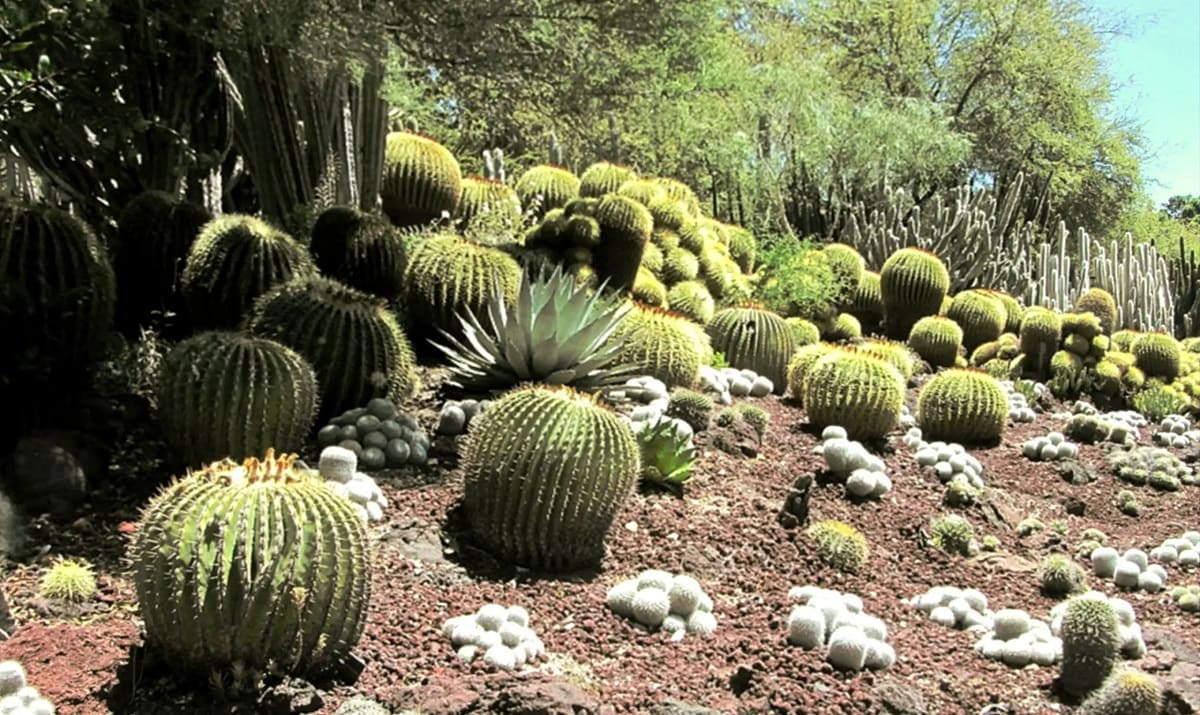
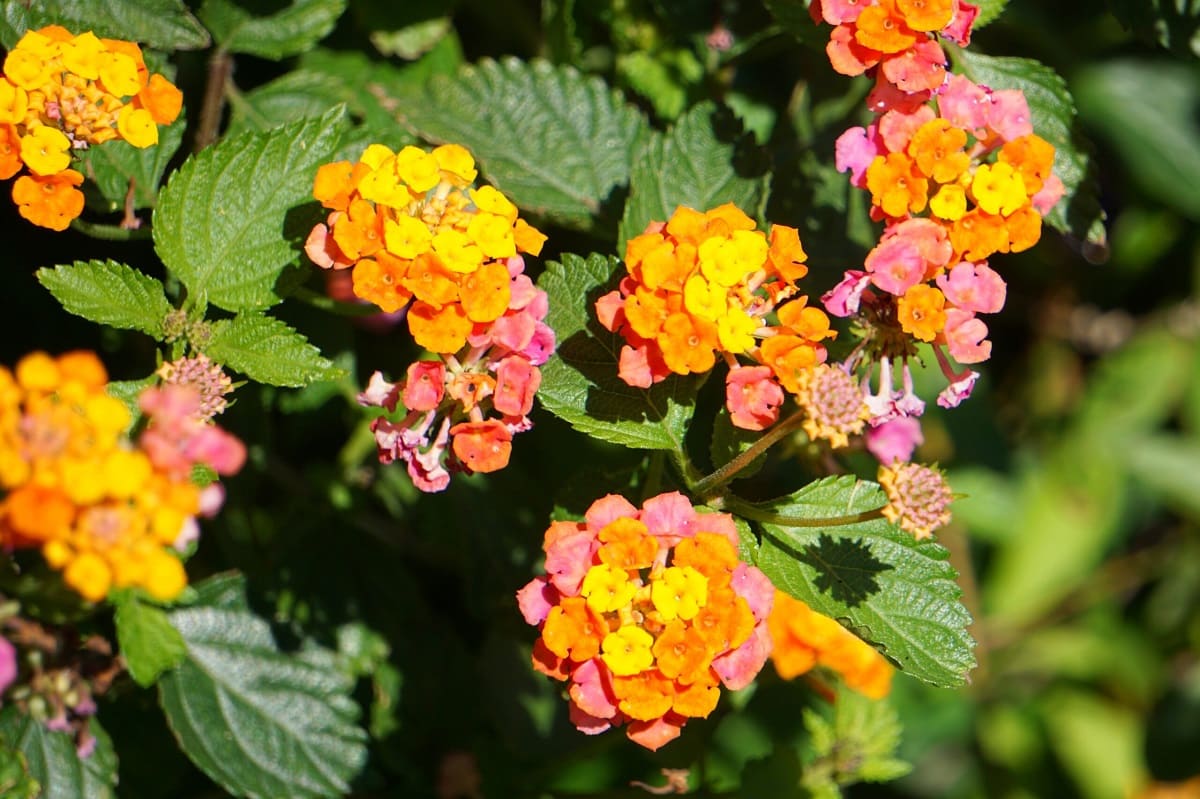
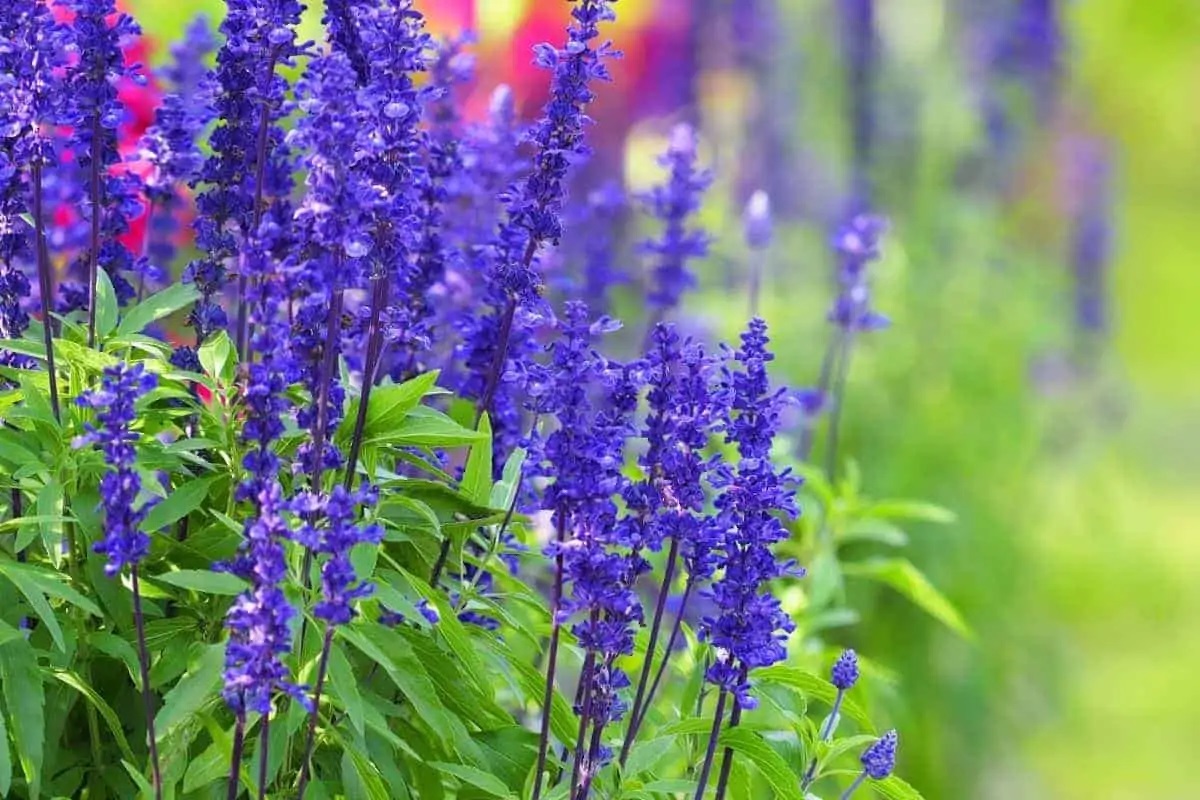
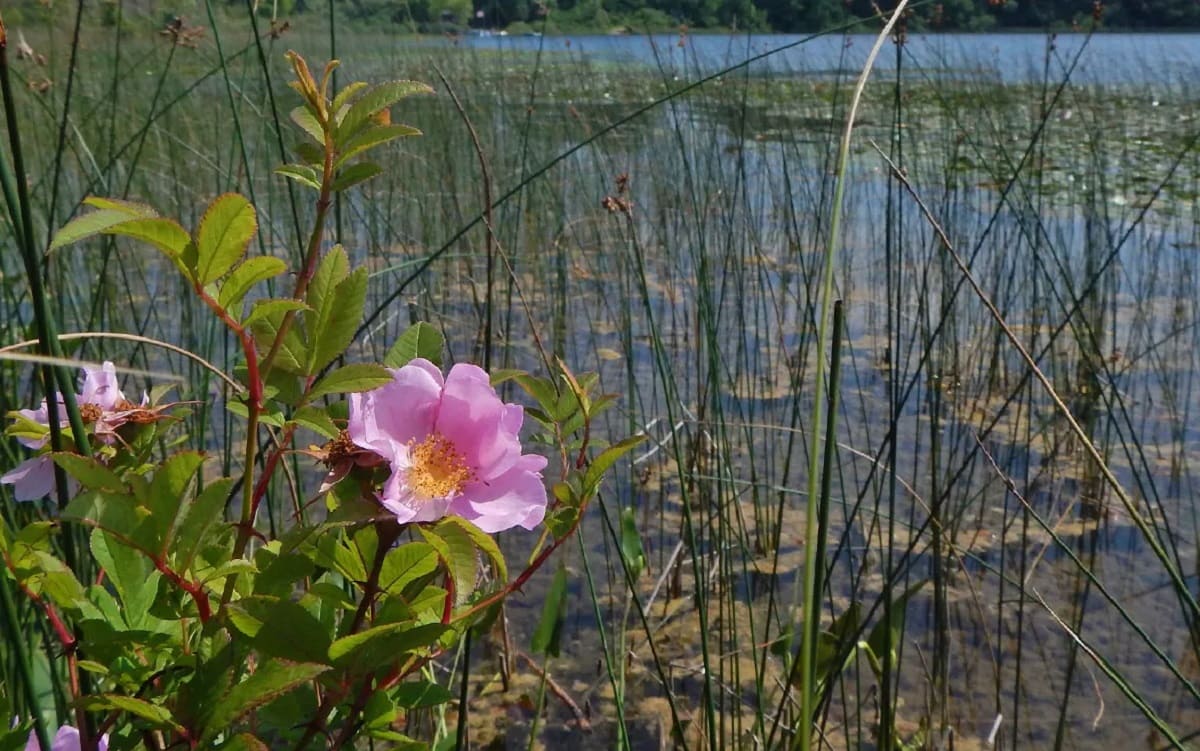
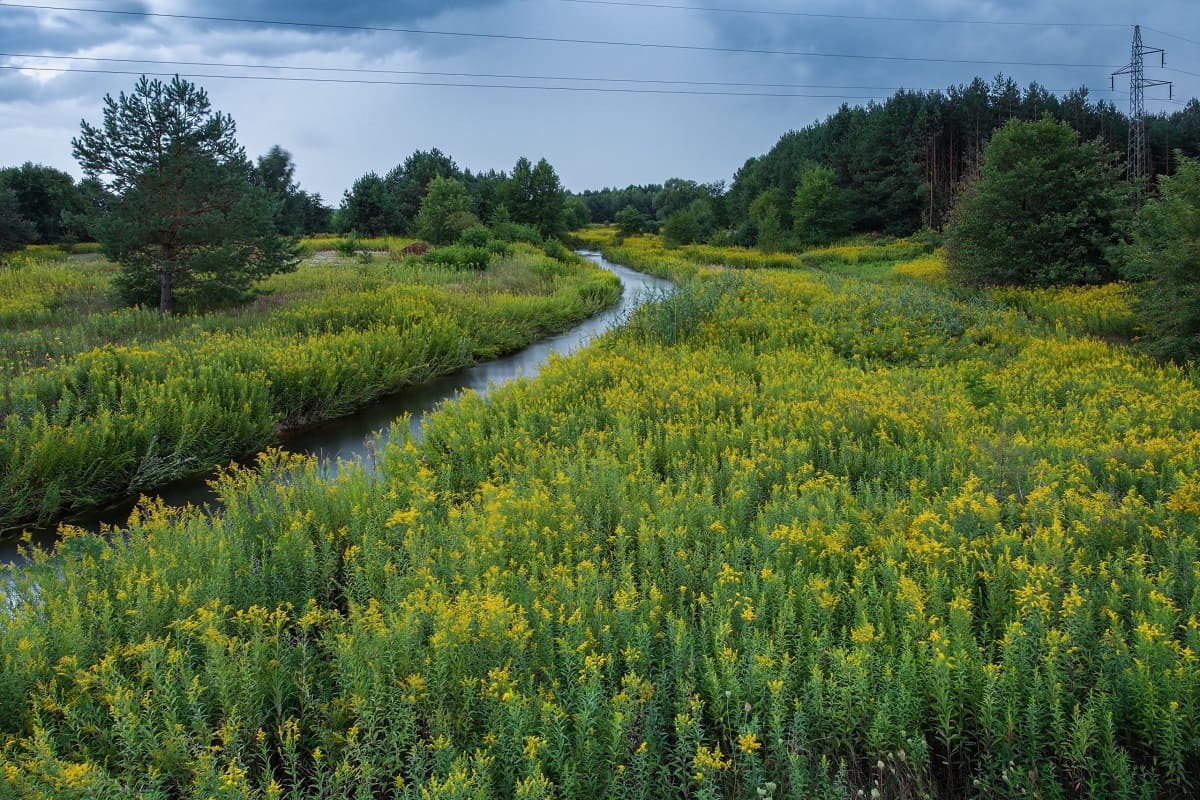

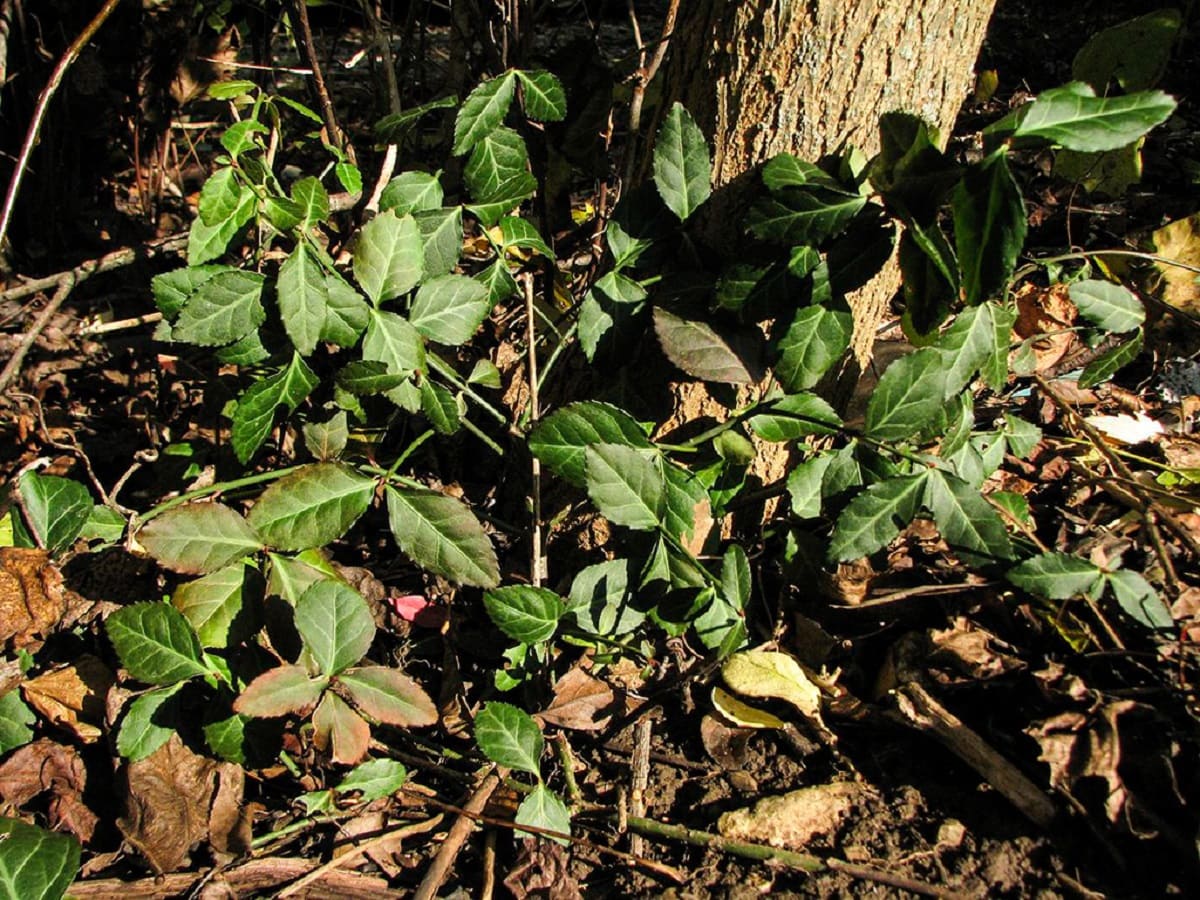
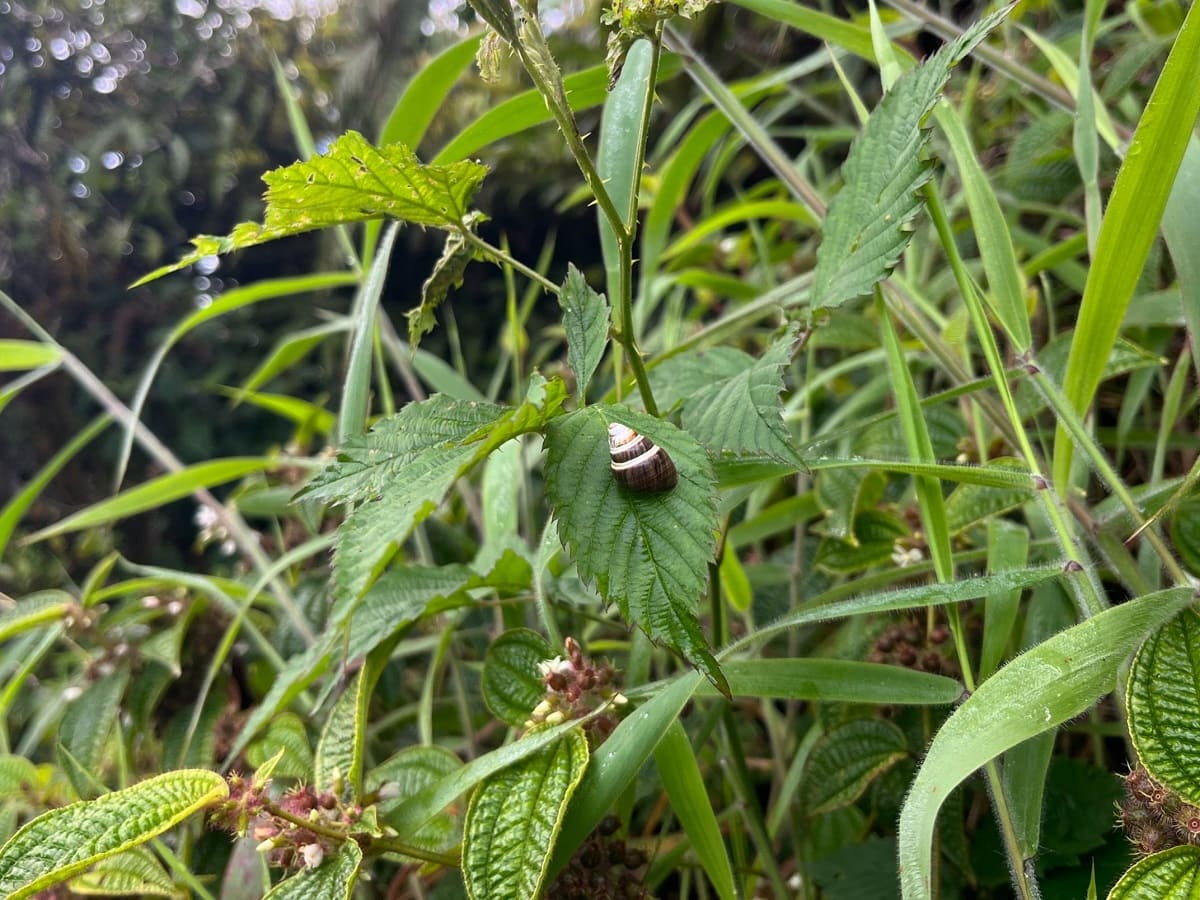
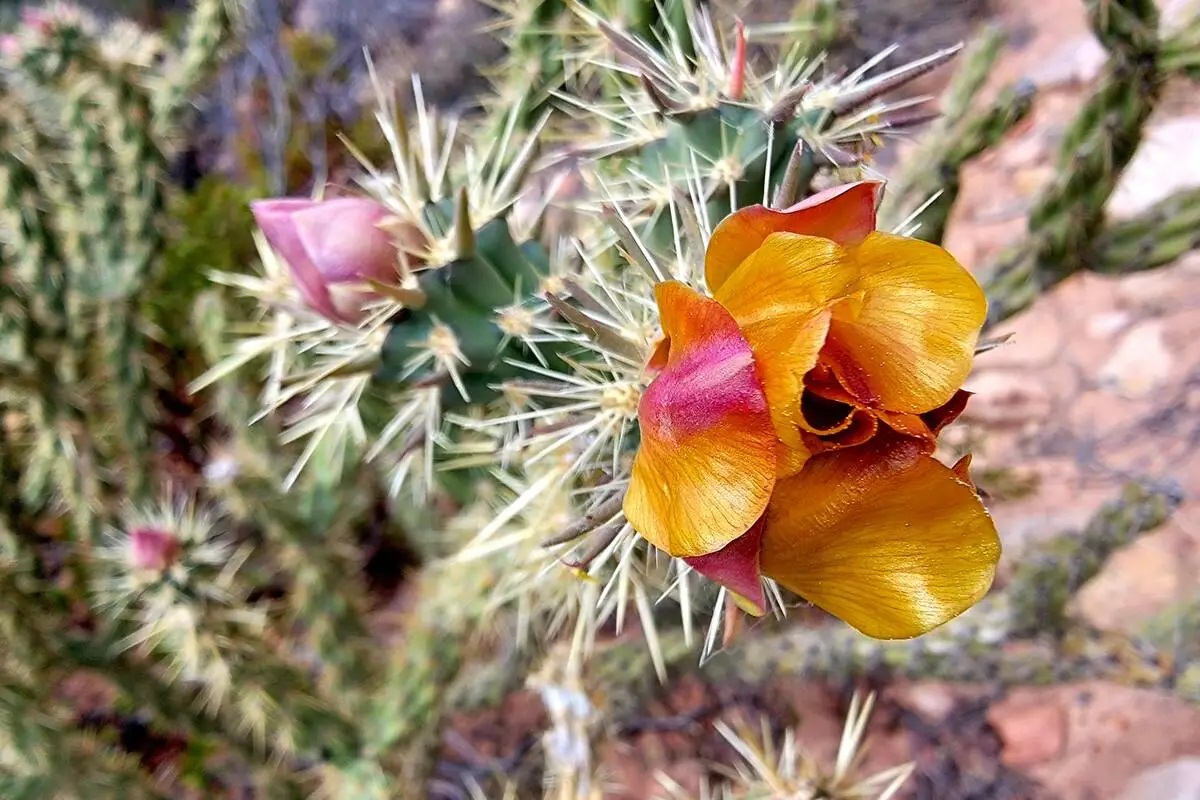

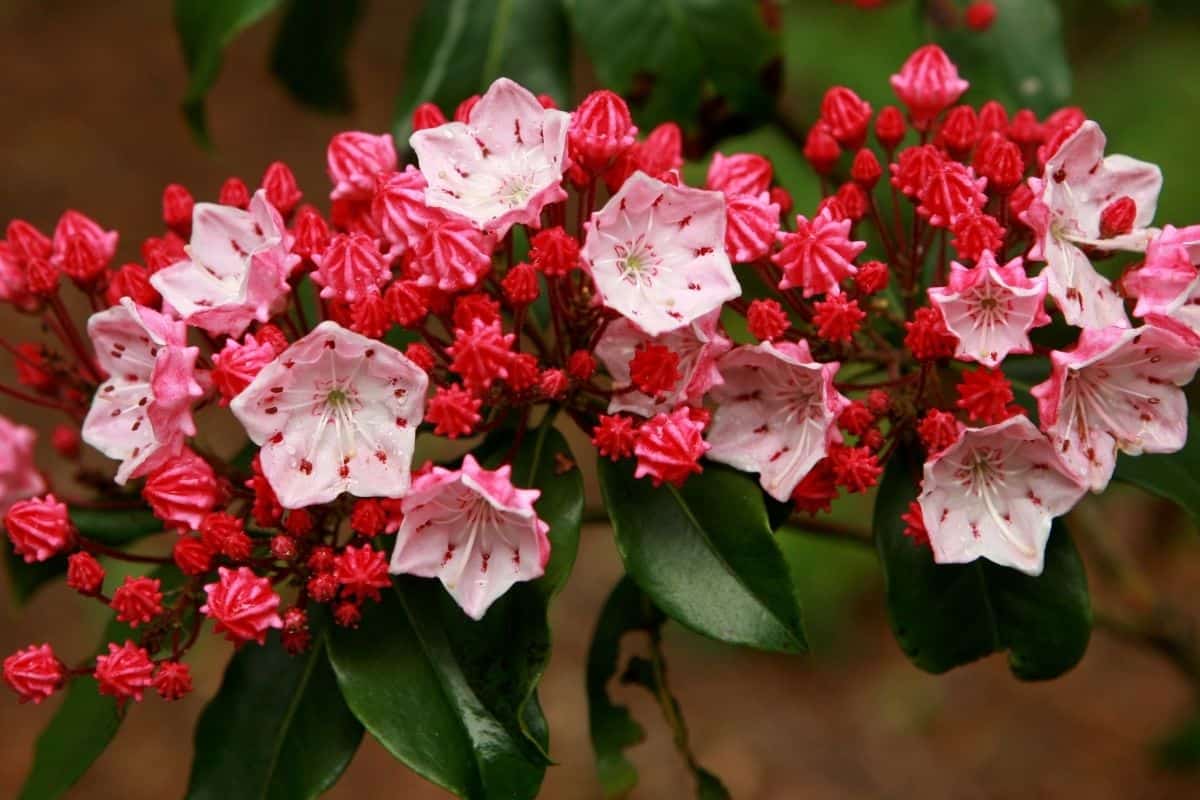
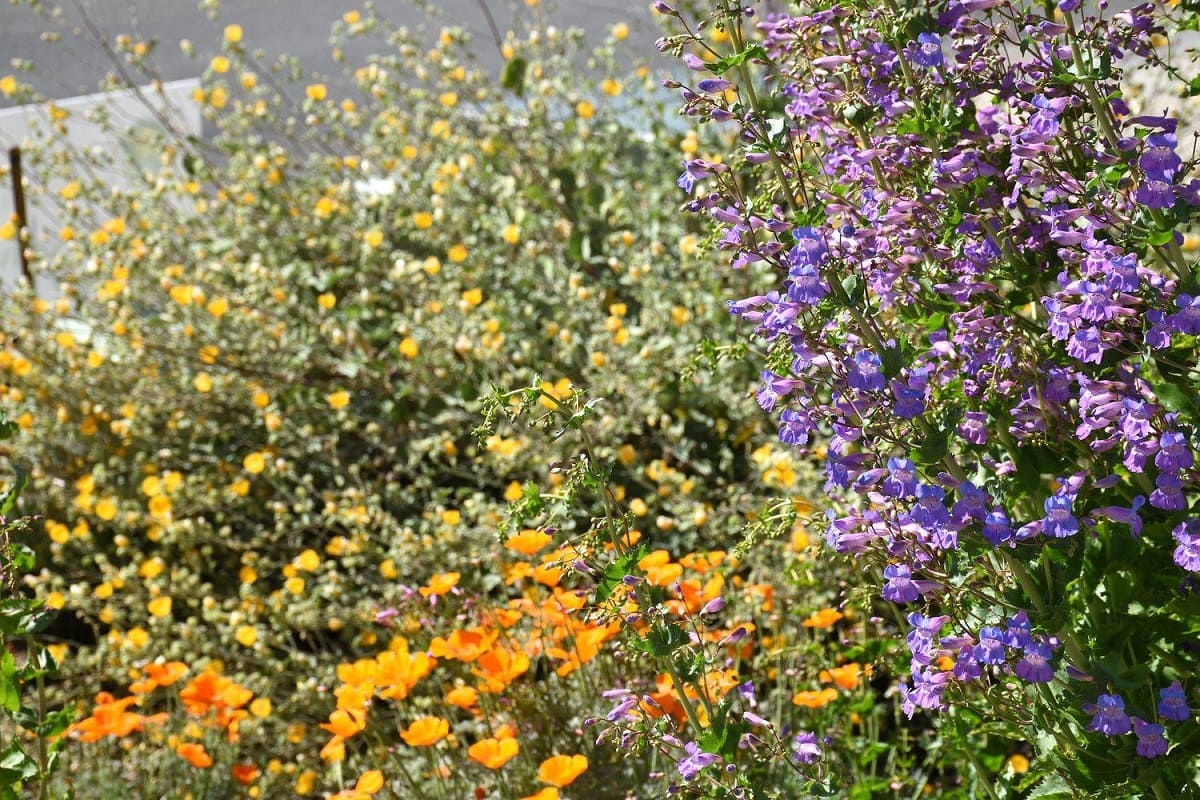
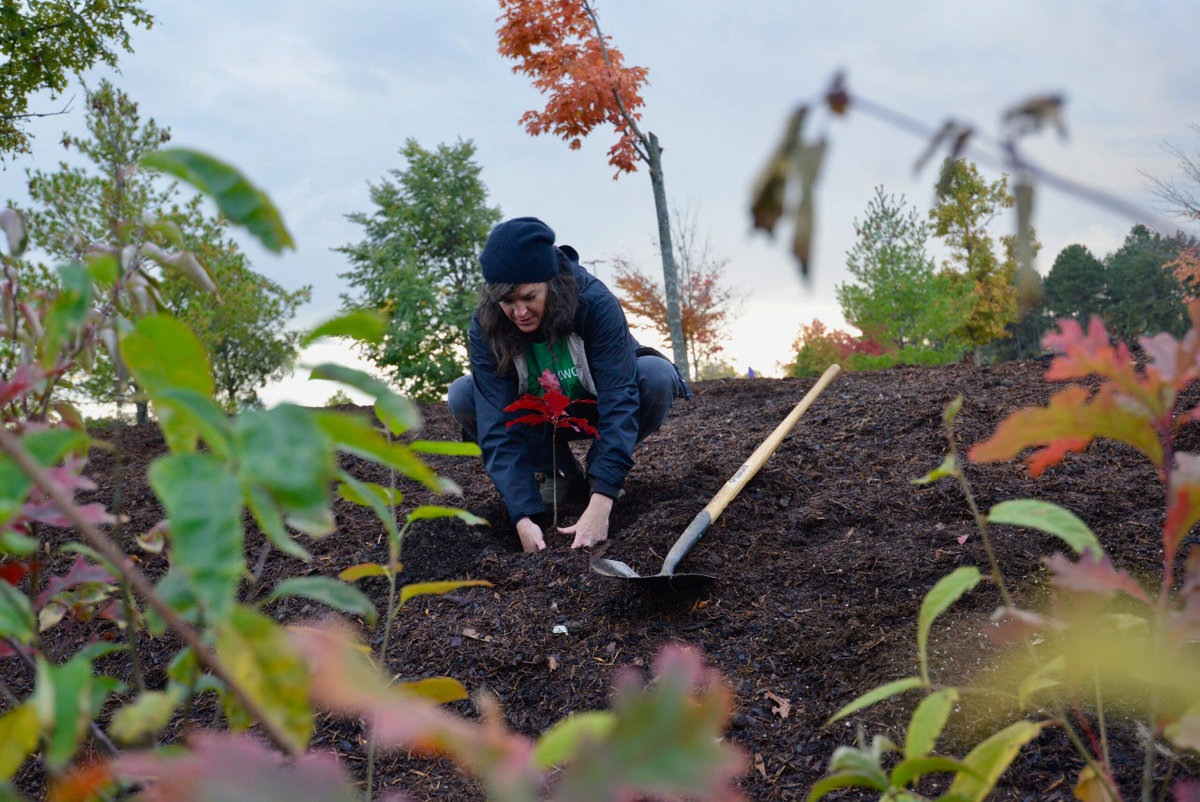

0 thoughts on “What Are Extirpation Consequences Of Native Plant Species”